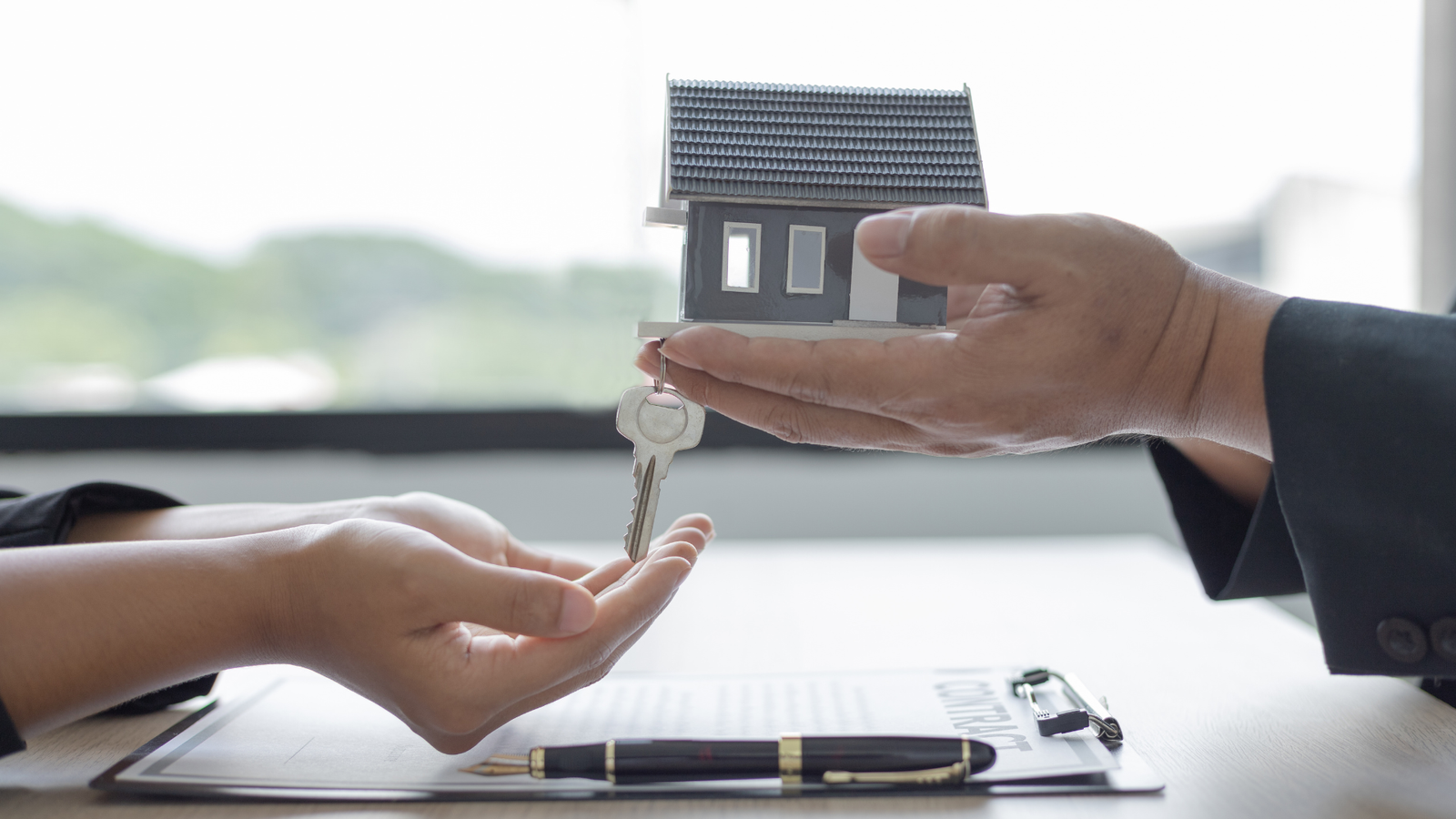This isn’t just inflation—it’s a quiet squeeze on the American dream.
I’ve been tracking housing trends for years, and I can say this with confidence: when the cost of simply keeping your home rises faster than wages, we’re not just talking about a financial pinch—we’re facing a fundamental shift in what homeownership really means.
Table of Contents
ToggleRising Homeownership Costs in 2025: What It Means for All Homeowners and Buyers
According to a recent First American analysis by senior economist Sam Williamson, the average monthly cost of owning a home in the U.S. has climbed to over $1,700 in 2023, up 17% since 2020. The analysis, based on U.S. Census Bureau data, shows that rising costs for mortgages, property taxes, utilities, and insurance are hitting all homeowners—whether they have a mortgage or not.
What This Really Means
1. Owning Outright Doesn’t Mean Low-Cost Anymore
Even if you’ve paid off your mortgage, you’re not exempt from rising costs. Taxes, utilities, and insurance are all climbing—driven by inflation, local policy shifts, and climate-related risk premiums. For example, home insurance premiums alone rose by 21% nationally in 2023, particularly in disaster-prone states.
It’s like paying rent to stay in your own house—except the landlord is your county assessor and insurance provider.
2. Affordability Isn’t Just a First-Time Buyer Problem
When the average cost of ownership is $1,700 per month, that means nearly $20,400 per year—and that’s before any maintenance. For households on fixed incomes or with modest earnings, that’s a serious burden. It’s time we stop framing affordability as a problem just for new buyers. Retirees, solo homeowners, and middle-class families are all feeling the heat.
3. The Cost Structure Is Shifting
We’re seeing a move from front-loaded homeownership costs (mortgages) to ongoing expenses that are harder to control or refinance. Unlike a mortgage rate, you can’t lock in your property tax rate or guarantee your insurance premium won’t spike next year. This shift is subtle—but it changes how we should think about long-term financial planning for homeownership.
4. Budgeting Blind Spots Are Hurting Buyers
Too many homebuyers only consider their mortgage payment. But if your PITI (Principal, Interest rate, Taxes, Insurance) and utilities push you $300–$500 over your budget, you’re not buying smart—you’re setting yourself up for stress. The current trend should be a wake-up call to factor in true total monthly ownership costs when calculating affordability.
What You Can Do Right Now
→ For current homeowners:
- Review your budget to identify where rising costs are hitting hardest.
- Appeal your property tax assessment if it has jumped significantly. Many counties allow this annually.
- Re-shop your insurance—rates vary widely, and bundling or switching carriers can offer big savings.
→ For buyers:
- Include utilities and insurance in your pre-approval analysis—not just principal and interest.
- Look beyond sticker price. A lower-cost home in a high-tax area can end up costing more monthly.
→ For investors:
- Re-evaluate net operating income (NOI) assumptions. Rising ownership costs could erode margins.
- Consider properties with energy-efficient upgrades that reduce utility expenses long term.
Quick Explainer:
What does “Rising costs squeeze homeownership” really mean?
It refers to how increasing expenses—like property taxes, insurance, and utilities—are consuming more of homeowners’ income, making it harder to afford staying in a home, even for those without mortgages.
Looking Ahead: Smart Tools Can Help You Stay Ahead
While these rising costs are concerning, knowledge and planning are powerful tools. Tech platforms that track property tax changes, insurance trends, or energy costs can give homeowners a clearer view of their total cost picture—helping you act before you’re financially overwhelmed.
Reader Q&A
Are these rising costs temporary?
Not entirely. Some may stabilize (like utility inflation), but others—like taxes and insurance—are often tied to local policies and climate risk, which are trending upward long term.
Should I wait to buy a home?
Not necessarily. But you should buy with eyes wide open. Factor in all ownership costs, not just the mortgage, and plan for future increases.
Can I fight my rising home costs?
Yes. Homeowners often overlook that property tax assessments can be appealed, insurance can be renegotiated, and energy bills can be cut with small upgrades.
Final Thought:
If homeownership is becoming more expensive for everyone, then smart financial planning isn’t optional—it’s essential. Whether you’re a buyer, owner, or investor, understanding the full cost of the housing market is the first step toward building stability in an unpredictable market.

